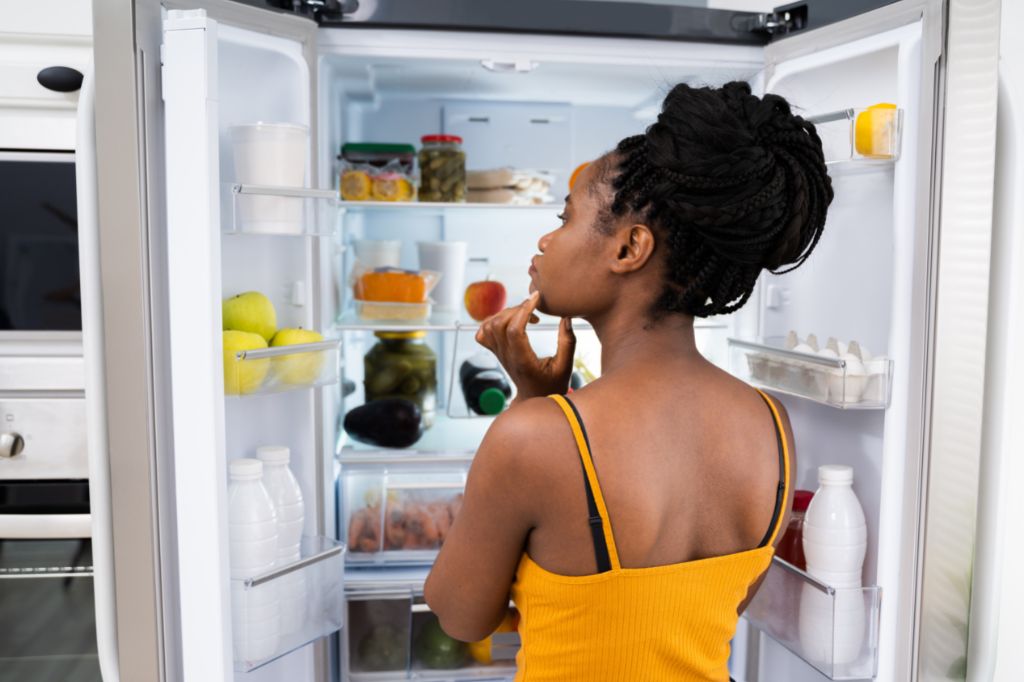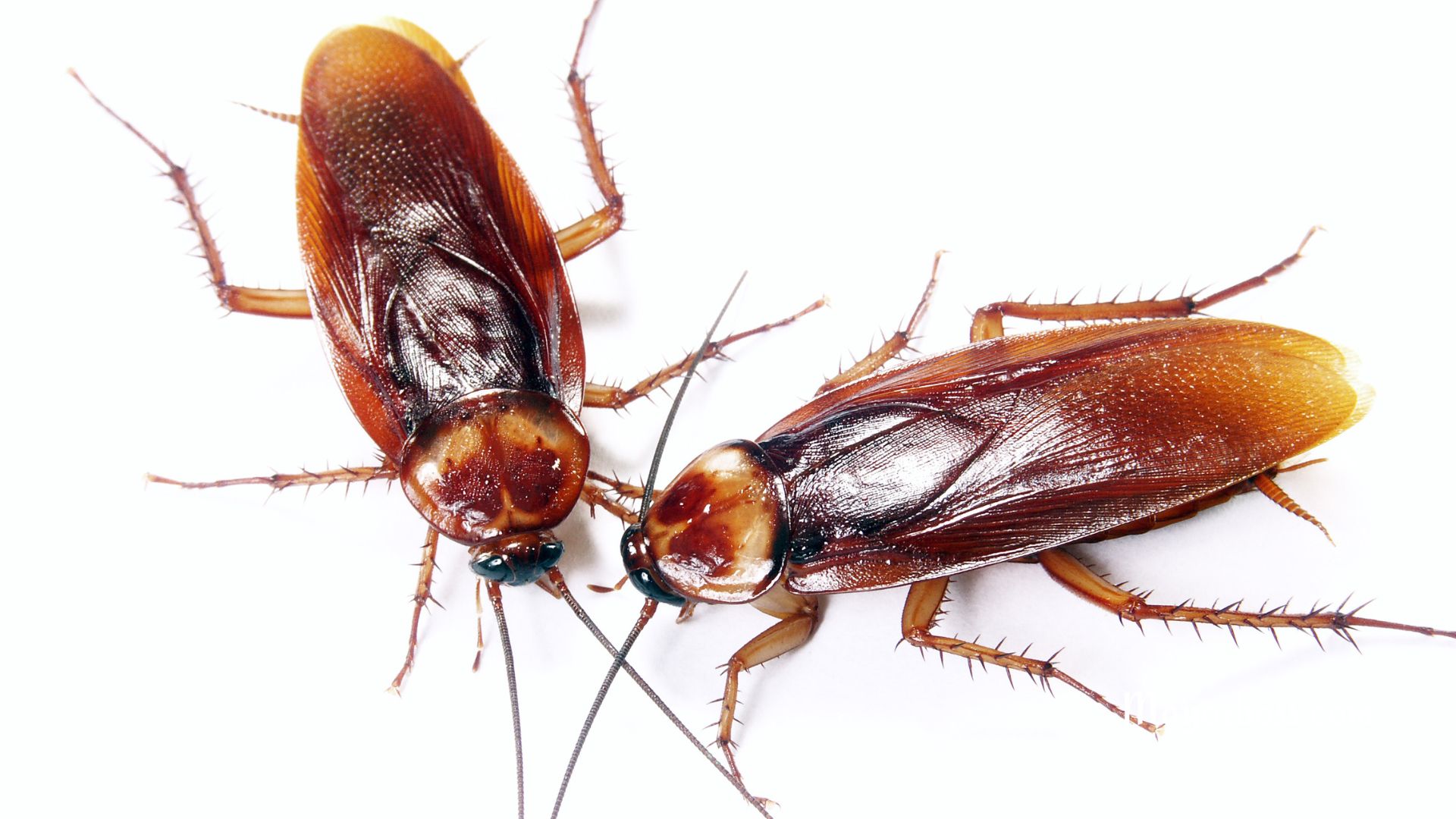10 Common Fridge Mistakes You Could Be Making
If you’re like most people, your fridge is one of the most-used appliances in your home. From storing leftovers to keeping drinks cold, your fridge plays an important role in your daily life. But even though we use our fridges constantly, most of us don’t know much about how they work or how to properly care for them. As a result, we often make common mistakes that can shorten the lifespan of our refrigerators—and cost us money in the long run. In this post, I’ll discuss some of the most common fridge mistakes and offer tips on how to avoid them. Read on to learn more!
1. Not cleaning the coils
One of the most common fridge mistakes is neglecting to clean the coils. The coils are located on the back or bottom of your fridge, and their job is to circulate air and keep your food cold. If the coils are dirty, they won’t be able to do their job properly, which will make your fridge work harder—and use more energy—to keep things cool. To clean your coils, simply unplug your fridge and vacuum them with a brush attachment. You should do this at least once a year, but more often if you have pets or live in a dusty environment.
2. Opening the door too often
Every time you open your refrigerator door, warm air from outside rushes in, and cool air rushes out. As a result, your fridge has to work harder (and use more energy) to maintain its internal temperature—which ultimately shortens its lifespan and raises your utility bills. To avoid this problem, try to open the door only when necessary (for example, when you’re putting away groceries or taking out food). And if you’re standing in front of an open refrigerator trying to decide what you want to eat, close the door and come back later! Every time you prevent warm air from entering the fridge, you’ll be extending its life—and saving yourself money in the long run.”

3. Not cleaning it regularly
Another common fridge mistake is not cleaning it regularly. Your fridge should be cleaned every week and deep cleaned once a month. Why? A build-up of dirt and grime can not only make your fridge look icky, but it can also attract bacteria that can contaminate your food. So instead of putting it off, set aside some time to give your fridge a good cleaning.
4. Overloading the fridge
Another mistake people make is overloading their fridges with food. When there’s not enough room for air to circulate, your fridge has to work overtime to keep things cold—which uses more energy and can cause premature wear and tear on the appliance. To avoid this problem, try to leave a few inches of space between items on each shelf, and don’t pack food all the way to the top of the fridge, where it might block airflow.
5. Not putting the right foods in the right places
Did you know that the temperature inside your fridge varies from top to bottom? The top shelf is usually the warmest, while the bottom shelves are typically colder. That’s why it’s important to store food in the right place—not only will it stay fresher, but it can also help prevent the spread of bacteria. In other words, organizing food in the right way will help your food last longer.
The following is the best way to store food in your fridge:
- Raw meat and poultry should be stored on the bottom shelf.
- Dairy products like milk, cheese, and yogurt should go on the middle shelf.
- Eggs should be kept in the carton in a tray on the top shelf.
- Fruits, vegetables, and herbs are stored in the drawers at the bottom of your fridge
- Keep leftovers in an airtight container on the middle shelf.
- Medicines that require storage at temperatures should be stored on the top shelf.
By following this guide, you can make sure your food stays fresh, and your fridge works as efficiently as possible!
6. Not cleaning spills right away
Spills happen, but if you leave them to dry, they can become hard to remove and attract bacteria. The fix: Wipe up spills as soon as they happen with a clean, damp cloth – it’ll be much easier than trying to scrub them off later!

7. Putting hot food in it
You might be tempted to put hot food in the fridge to cool it down quickly, but resist the urge! Putting hot food in the fridge can cause the internal temperature to rise, which can spoil other food and make your fridge work harder (and use more energy) to stay cold. So instead of putting hot food in the fridge, let it cool down on the counter first.
8. Storing produce in sealed containers
If you’re like most people, you probably store fruits and vegetables in plastic bags or containers when you put them in the fridge. However, produce needs air to stay fresh, so sealing it tightly in a container is actually a mistake! Instead, store produces loosely in the crisper drawer (or on a wire rack if your fridge doesn’t have one) so that they can breathe. This will help it last longer and taste fresher when you eat it.
9. Keeping the thermostat too low
The ideal refrigerator temperature is between 35 and 40 degrees Fahrenheit—any lower than that, and your food runs the risk of freezing (which isn’t good for most types of produce). But setting the thermostat any higher than 40 degrees causes your fridge to work overtime to maintain that temperature, which can damage it over time. So be sure to keep an eye on your fridge’s thermostat and adjust it as needed to ensure that it’s set at an optimal temperature for both food storage and appliance longevity.
10. Forgetting about expiration dates
We’ve all done it – we reach into the back of the fridge and pull out something that’s been there for months (or even years), only to realize that it’s expired. The fix: Check expiration dates regularly and try to use up older items before adding new ones to the fridge. This will help prevent food waste and keep your fridge organized.
Conclusion
In conclusion, these are six common refrigerator mistakes that you might be making without even realizing it! By taking some simple steps like cleaning the coils regularly and not overloading shelves with food, you can extend the lifespan of your refrigerator—and save yourself money in the long run.” Thanks for reading!
Learn More: 13 Foods You Shouldn’t Store in the Fridge






